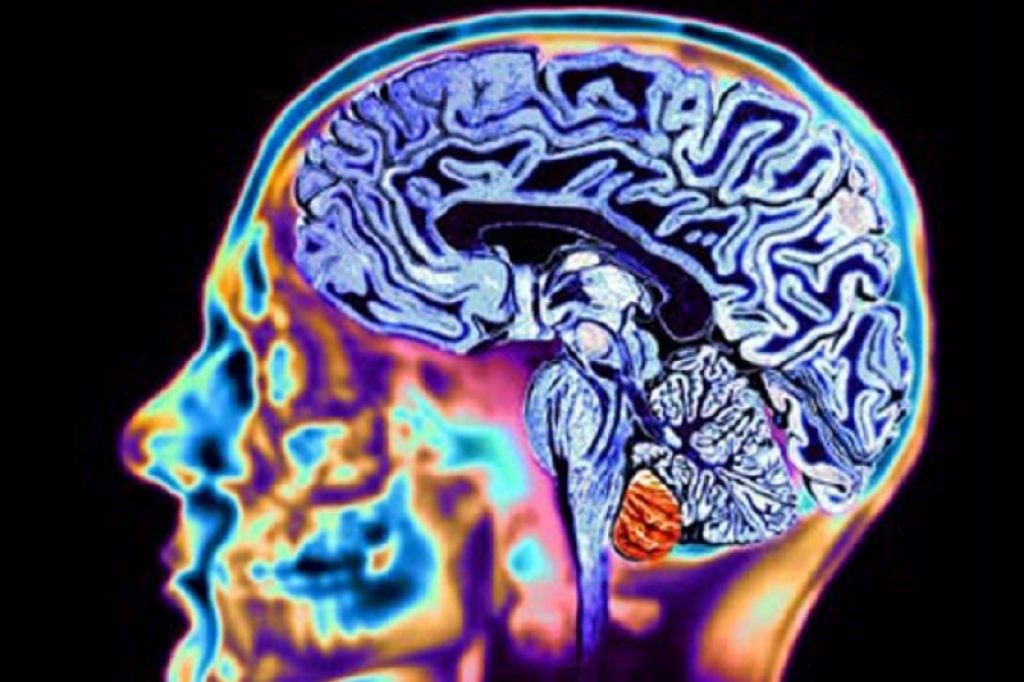
Epilepsy surgery: routes to remove or isolate brain areas responsible for seizures
Surgical therapy can help in epilepsy to remove or isolate brain areas responsible for seizures
Epilepsy is a neurological condition characterised by recurrent and sudden critical motor or sensory manifestations, commonly called seizures
Approximately 30% of patients – children and adults – with epilepsy develop a drug-resistant condition, which consists of the persistence of seizures despite the use of at least two drugs specific to the type of epilepsy from which the patient suffers, which are well tolerated, administered at the highest possible dose and for an adequate period of time.
In such cases, the necessary investigations can be carried out to assess the indication for surgery.
It is estimated that at least 15-20% of patients with drug-resistant epilepsy could benefit from curative surgery.
Most epileptic attacks depend on a sudden discharge of abnormal electrical impulses that originate from an area of the cerebral cortex – the outermost layer of the brain – called the epileptogenic zone.
The aim of surgical therapy is twofold: to remove or isolate the area of the brain responsible for the seizures without causing alterations to areas of the brain involved in important neurological functions.
The identification of the epileptogenic zone is based on a series of investigations:
- Clinical (analysis of symptoms during an epileptic seizure),
- Neurophysiological (evaluation of the characteristics of the electroencephalographic trace)
- Neuroradiological (study of the shape and metabolic and functional characteristics of the brain by means of brain MRI and brain PET).
Each of these stages of the pre-surgical study involves specific professionals who constantly share and discuss the results obtained in order to decide whether and to what extent the form of epilepsy from which the child suffers may benefit from surgical treatment.
This information will be explained and discussed with the parents and, if possible, with the child in order to arrive at a shared decision.
There are at least two types of surgical treatment for epilepsy:
- A first type consists of removing the area of the brain from which the epileptic seizures originate (epileptogenic zone);
- A second type consists of disconnecting the epileptogenic zone from the rest of the brain; this prevents the electrical discharges originating in the epileptogenic zone from spreading to the healthy brain without removing brain tissue; this surgical procedure can benefit from the aid of a robot.
Approximately 70% of operated patients achieve a satisfactory result in terms of seizure control.
The absence of seizures makes it possible to reduce and, if necessary, gradually discontinue drug therapy.
Moreover, the absence of crises allows normal neuro-cognitive and behavioural development.
It favours the recovery of full autonomy while avoiding the undesirable effects that inevitably accompany drug therapy.
Most patients with drug-resistant epilepsy cannot undergo resective or disconnective surgery, either because the seizures originate from more than one area of the brain or because the operation would be too risky.
In these cases, alternative treatments, known as palliative treatments, which aim to decrease the frequency and intensity of seizures and the need for medication, are available.
Epilepsy surgery is one of these interventions:
- The application of the vagal stimulator, a pulse generator that is implanted in the thorax and connected to the vagus nerve in the neck; intermittent stimulation of the vagus nerve prevents or reduces seizures; in addition, the older child or teenager can activate the stimulator with a magnet when they sense a seizure approaching and can thus prevent or interrupt it;
- The implantation of deep brain stimulation devices, a device similar to a cardiac pacemaker that is inserted into the chest or abdominal region and sends electrical impulses via special leads to areas of the brain that are precisely identified before the procedure.
Read Also
Emergency Live Even More…Live: Download The New Free App Of Your Newspaper For IOS And Android
Epilepsy: Symptoms, Diagnosis, Treatment And Prognosis
New Epilepsy Warning Device Could Save Thousands Of Lives
Understanding Seizures And Epilepsy
First Aid And Epilepsy: How To Recognise A Seizure And Help A Patient
Childhood Epilepsy: How To Deal With Your Child?
Epileptic Seizures: How To Recognise Them And What To Do
Childhood Absence Type Epilepsy Or Pycnolepsy: Causes, Symptoms, Diagnosis, Treatment
Robotic Surgery: Benefits And Risks
Refractive Surgery: What Is It For, How Is It Performed And What To Do?
Kidney Cancer: Laparoscopic Surgery And The Latest Technologies
Eye For Health: Cataract Surgery With Intraocular Lenses To Correct Visual Defects
Soft Tissue Sarcomas: Malignant Fibrous Histiocytoma
Surgery: Neuronavigation And Monitoring Of Brain Function


